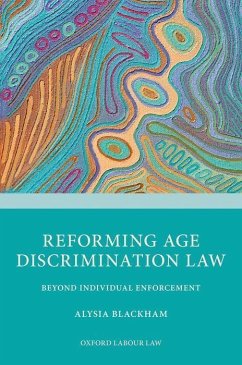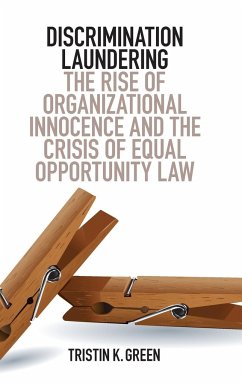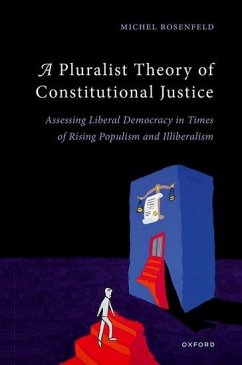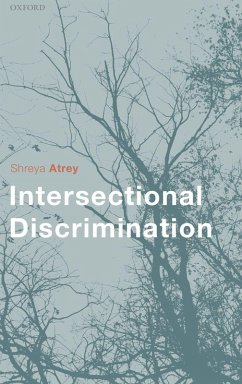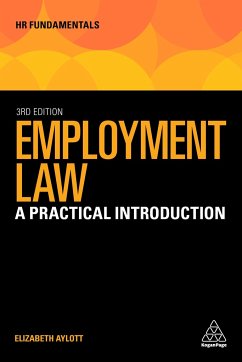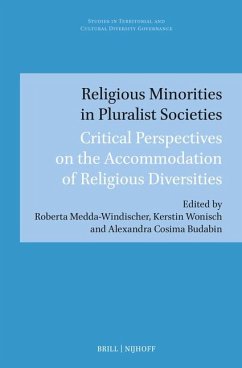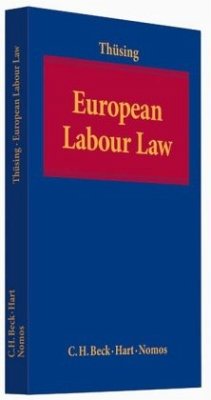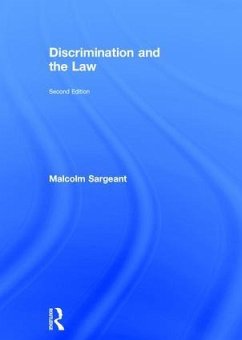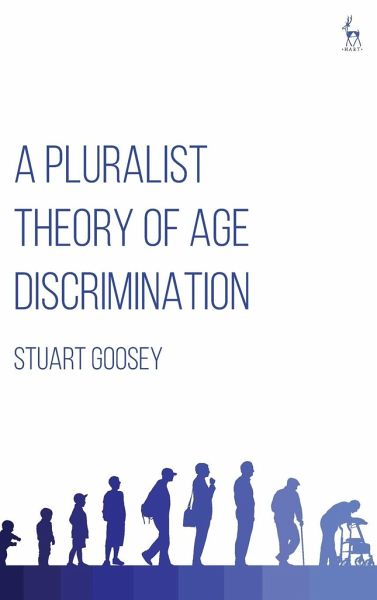
A Pluralist Theory of Age Discrimination
Versandkostenfrei!
Versandfertig in 1-2 Wochen
108,99 €
inkl. MwSt.

PAYBACK Punkte
54 °P sammeln!
This book provides a comprehensive theory of age discrimination that can guide the direct and indirect age discrimination provisions of the Equality Act 2010. The Act holds that unequal treatment on the grounds of age and measures that are on their face age-neutral but have the effect of disadvantaging particular age groups are lawful only if the treatment can be shown either to be a 'proportionate means of achieving a legitimate aim' or if the treatment fits into a specifically prescribed exception. In this way, the proportionality test distinguishes justified and unjustified age-differential...
This book provides a comprehensive theory of age discrimination that can guide the direct and indirect age discrimination provisions of the Equality Act 2010. The Act holds that unequal treatment on the grounds of age and measures that are on their face age-neutral but have the effect of disadvantaging particular age groups are lawful only if the treatment can be shown either to be a 'proportionate means of achieving a legitimate aim' or if the treatment fits into a specifically prescribed exception. In this way, the proportionality test distinguishes justified and unjustified age-differential treatment with only the former legally permissible. This book outlines and defends a pluralist theory of age discrimination that assists in making the distinction between justified and unjustified age-differential treatment. The theory identifies the principles that explain when and why age-differential treatment wrongs people and the principles that can justify this treatment. It is a pluralist theory because it recognises that age-differential treatment can wrong people for a number of different, overlapping reasons, and these different reasons should inform how we apply age discrimination law. The pluralist approach to age discrimination theory can improve legal reasoning in age discrimination cases by articulating the relevant principles and competing interests that are at stake in age discrimination claims. In constructing the theory, the book adopts the reflective equilibrium method. This requires that we examine our initial moral beliefs about age discrimination by seeking coherence with beliefs we have about similar moral and philosophical issues and revising the initial beliefs as a result of challenges to them. In applying this method, the book identifies the following five principles to form a pluralist theory of age discrimination: equality of opportunity, social equality, respect, autonomy and efficiency.



